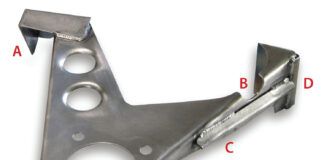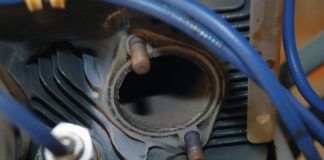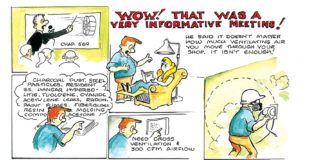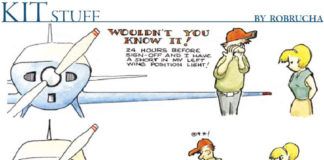I remember that my earliest childhood dreams were of wanting to be a test pilot and wanting to build my own airplane. Twelve O’Clock High was never missed in our family. Unfortunately, the requisite eye test by the school nurse in the fifth grade dashed the test pilot hopes. At least I thought so then. It was a long walk home from school that day, and I still remember it well. I never gave up on my dream of becoming a pilot though, and one day it happened. Like most of us, I vividly remember my first solo of an aircraft. Mine was at Ryan Field in Tuscon, Arizona in 1977. I happened to be stationed at Davis-Monthan Air Force Base and was learning to fly at the Aero Club.
Fourteen months of intensive training later, I was a freshly minted, multi-engine commercial pilot and a flight instructor. What were they thinking? I was now going to teach others how to fly? Yep, it happened. So far, so good.
And then one day I told my wife I wanted to build the RV-4 that was on the cover of Sport Aviation. I still remember her chiding me to stop talking about it and go do it. I really don’t think she (or I) knew what we were getting into. Some 30+ years later, it’s safe to say that RV-4 became a waypoint in our lives. But like any journey, there are usually multiple waypoints. In my case there have been nine other kits so far, and everyone keeps asking about the next one. I don’t know yet, but it’s probably safe to assume there will be more. I know I really enjoy helping others, and I find aviation to be one of the most rewarding activities in that regard.
There have been lots of other waypoints, too. Once I needed to get my first airplane inspected, and of course, the next eight as well. Now they (there’s that “they” again) let me inspect airplanes as a DAR. Honestly, between inspections and Young Eagle flights, I can’t imagine having any more fun! One of the coolest things that happened recently was having a young man run up to me at our last fly in to tell me that he earned his license last week. He said I might not remember him, but I had taken him for his first airplane ride the previous year. I wouldn’t be surprised if he is an instructor someday, too!
Along the way of building, flying, and inspecting airplanes, I’ve always tried to have the mindset of what can I learn from this? It probably comes from reading Flying magazine and the “I Learned About Flying From That” articles. I think it also comes from a drive to not be in the NTSB Aviation reports! Some of it might come from wanting to show the 5th grade nurse that dreams are meant to be.
I’ve had fun with aviation. I’m still having fun, and I never want it to end. I bet all of the readers of this magazine are having fun with aviation, too. So how do we all keep having fun? We all have had some waypoints in our aviation journey that were most likely not fun, for whatever the reason (if you haven’t had any, you haven’t been flying long enough). Whether it was the Instrument checkride, the DAR inspection, the weather diversion with the family on board, or the crummy weather weekend, I will submit that there are probably lessons to be learned from all of them.
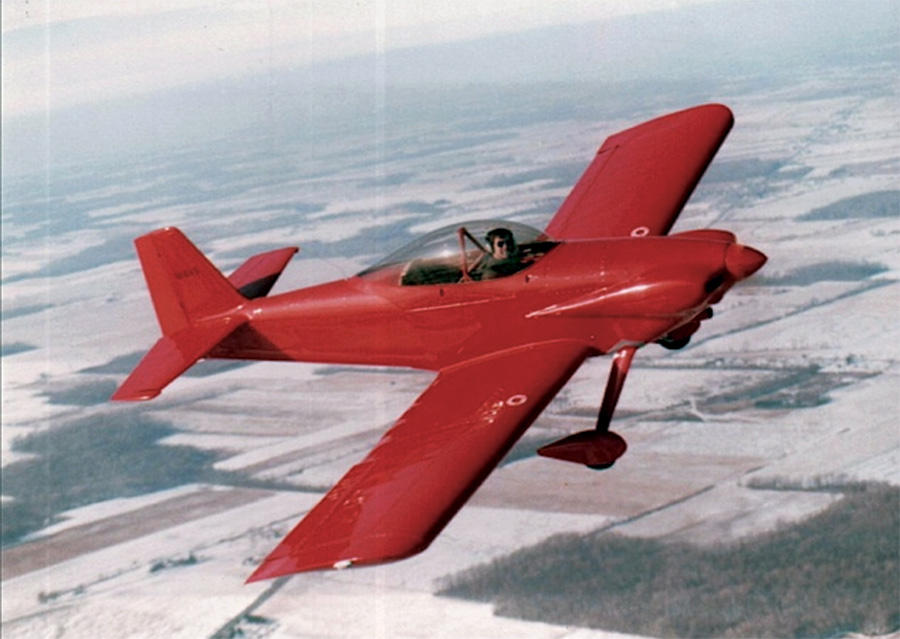
The author’s first homebuilt—an RV-4 during its flight testing, a major waypoint in anyone’s flying life.
So, in my column Checkpoints, I am going to share with you some of the lessons I’ve learned along the way. Some will be about ways I have become a better aviator, and others will be thoughts on how to help our readers—such as preparing for that DAR inspection, performing that first condition inspection, and even topics such as transference of skills between airline, corporate, and homebuilt aviation. Sound OK to you? I hope so; I’m having fun, remember.
As a teaser, let’s start with that DAR inspection. I will go into the actual prep details at length in a future article, but here are some things to get you started in the right direction.
First, try to make that initial contact with the DAR as early as possible. Some of my inspections have been two years in the making. All of the DARs I know are super friendly and want nothing more than to help make the inspection as painless as possible. We really are here to help.
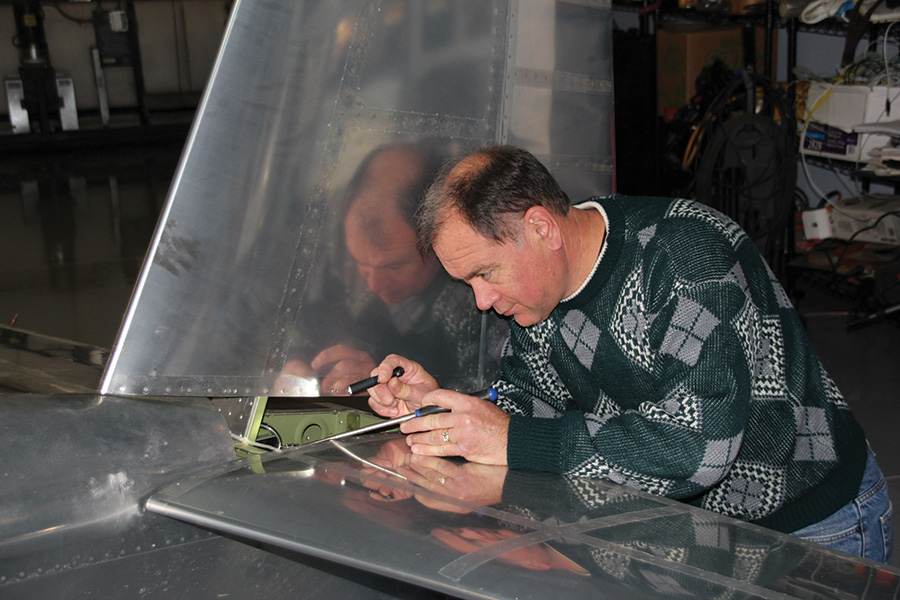
As a DAR, Vic spends a lot of time inspecting other people’s airplanes—and enjoys helping them get in the air!
There are two major parts to the inspection (not unlike the oral and practical parts of a flight check). We have to make sure the paperwork is correct, that the aircraft is eligible for the Special Airworthiness Certificate, and is in a condition for safe operation. Of course, you as the builder have already made that statement and entered it into the logbook. Some DARs will do a spot check of the aircraft and may ask you some clarifying questions. Others, like myself, will do a very thorough “preflight,” meticulously checking everything on the aircraft for proper assembly. It helps me when I put my head on the pillow at night, having told someone that it was safe to fly, that I know I took the same care as if I were going to fly it with my family in it. I’ve only issued one denial in seven years of inspections, and both the builder and I agreed that due to the questionable history of the 20+ year-old engine, it was in the best interest. Within two months I certified it, and it successfully flew.
It’s really not that hard. Most inspections are completed within a couple of hours at most, not counting all of the behind-the-scenes prep and paperwork we do. I have yet to perform an inspection where I don’t find something, and yet, I always leave hoping together we didn’t miss anything. Why? Because I know there’s always something that we just haven’t found yet.
Here’s a waypoint that really drove that home to me. I’ve always prided myself in not having any squawks on the nine airplanes I’ve built. No, I’m far from perfect, I admit that. And I have my A&P/IA friends and family look over everything prior to the inspection. Even my wife Carol finds things sometimes. During the inspection of my RV-7A by three FAA inspectors, a comment was made that they had never seen one without any squawks. Well guess what? It was there—we just missed it. It didn’t show up until 10 hours later when I went to change the oil and inspect the fuel gascolator. I grabbed my diagonal cutters to remove the safety wire from the four screws that secured the gascolator housing and guess what I found? No safety wire on any of the four screws. I tell you, it stopped me dead in my tracks and really bothered me. Lesson learned.
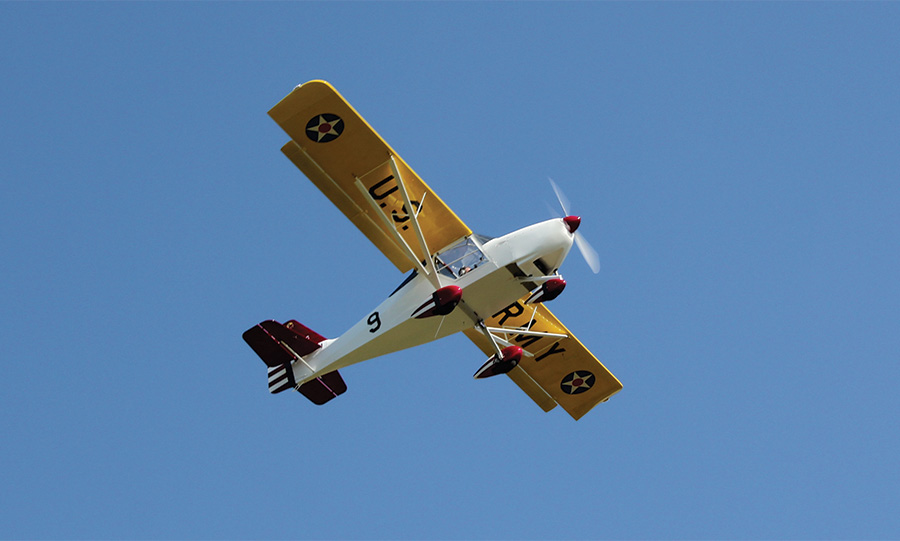
The thrill of building and flying never gets old—here the author takes his latest Kitfox on its first flight.
When I hand over the Airworthiness Certificate to a builder, I can’t tell who is having more fun—them or me. To this day, I still remember the excitement of receiving my first Airworthiness Certificate, and I am honored and humbled to be helping others receive theirs.
My goal is to keep the fun factor alive in this column by sharing my own waypoints with you. I hope you’ll ride along with me and maybe even see some of yourself in them.
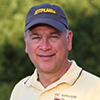
![]()
Vic is a Commercial Pilot and CFII with ASMEL/ASES ratings, an A&P, DAR, and EAA Technical Advisor and Flight Counselor. Passionately involved in aviation for over 36 years, he has built nine award-winning aircraft and has logged over 7400 hours in over 65 different kinds of aircraft. Vic had a career in technology as a senior-level executive and volunteers as a Young Eagle pilot and Angel Flight pilot. He also has his own sport aviation business called Base Leg Aviation.









